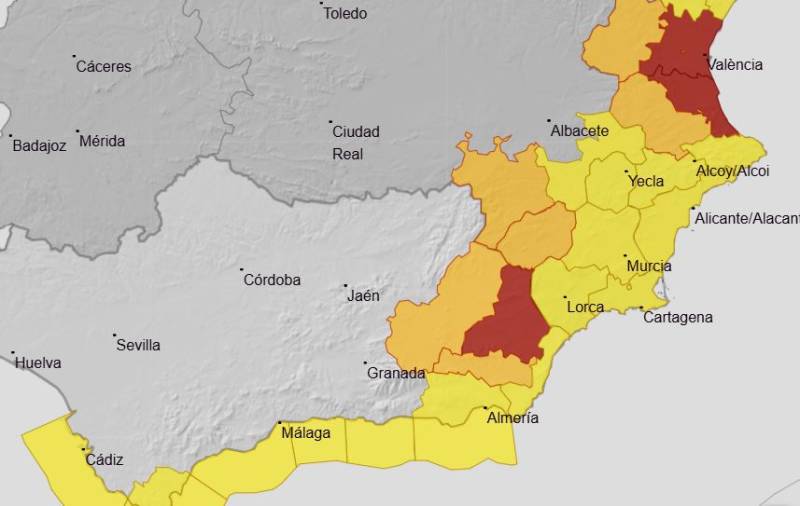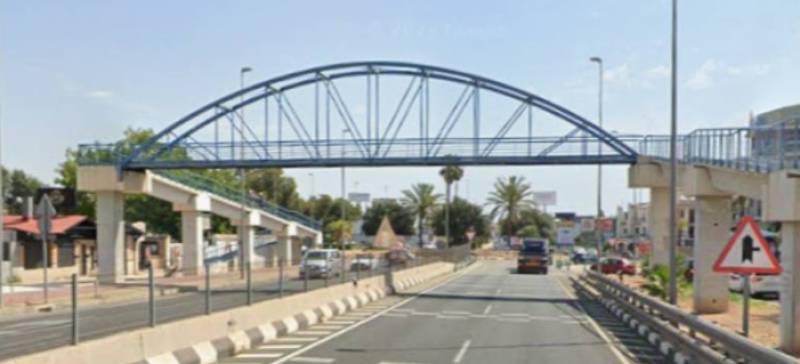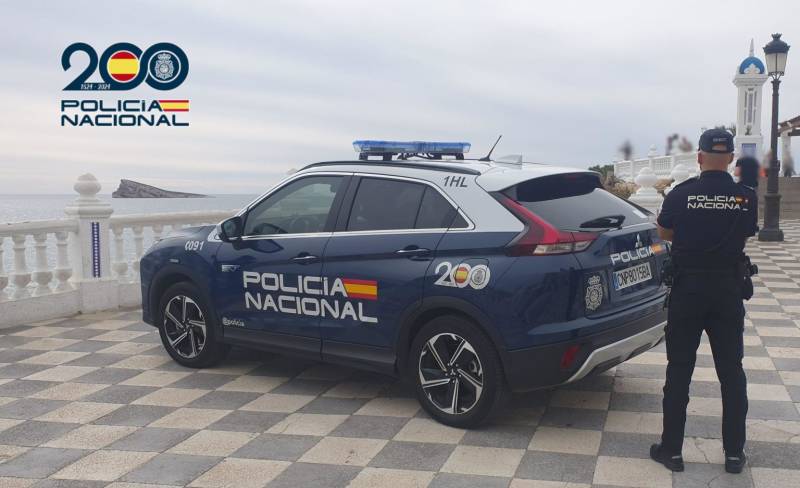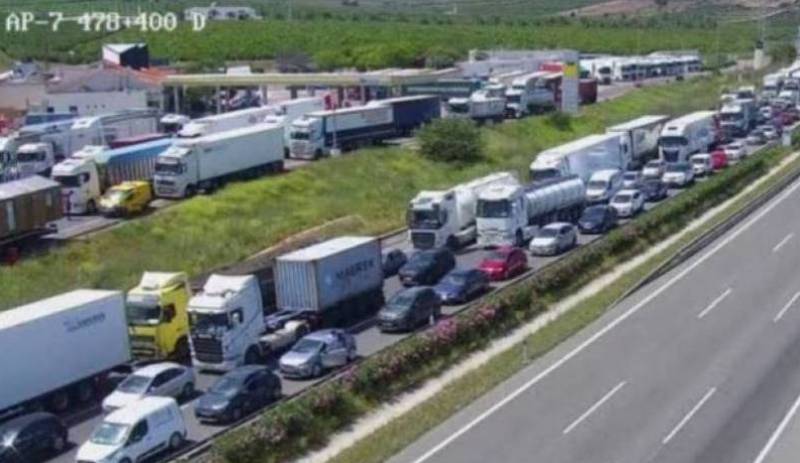

Guidelines for submitting articles to Roda Golf Resort Today
Hello, and thank you for choosing La Torre Today.com to publicise your organisation’s info or event.
Roda Golf Resort Today is a website set up by Murcia Today specifically for residents of the urbanisation in Southwest Murcia, providing news and information on what’s happening in the local area, which is the largest English-speaking expat area in the Region of Murcia.
When submitting text to be included on Roda Golf Resort Today, please abide by the following guidelines so we can upload your article as swiftly as possible:
Send an email to editor@spaintodayonline.com or contact@murciatoday.com
Attach the information in a Word Document or Google Doc
Include all relevant points, including:
Who is the organisation running the event?
Where is it happening?
When?
How much does it cost?
Is it necessary to book beforehand, or can people just show up on the day?
…but try not to exceed 300 words
Also attach a photo to illustrate your article, no more than 100kb

Iglesia Parroquial Nuestra Señora del Pilar
The main parroquial church of Pilar de la Horadada
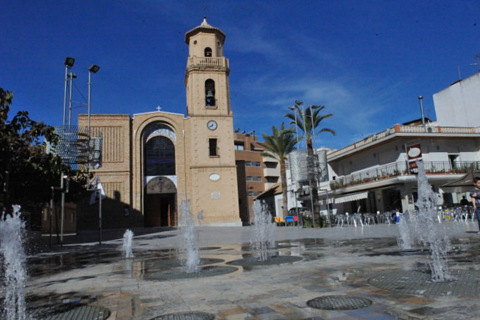 Iglesia Parroquial Nuestra Señora del Pilar
Iglesia Parroquial Nuestra Señora del Pilar
The main parroquial church and centre of the town is open for tourist visitors and is the focal point of religious activities within the town of Pilar de la Horadada.
The current church is located on the site of the first church known to have been built in the municipality, which was dedicated to the Sacred Heart in 1616, but after falling into disrepair this was pulled down in 1745.
To replace the church a new building was constructed which is documented as being in use by 7th January 1753. On 11th October in the same year the Holy Sacrament was placed inside and the church was dedicated to “Nuestra Señora del Pilar and Sagrado Corazón de Jesús”.
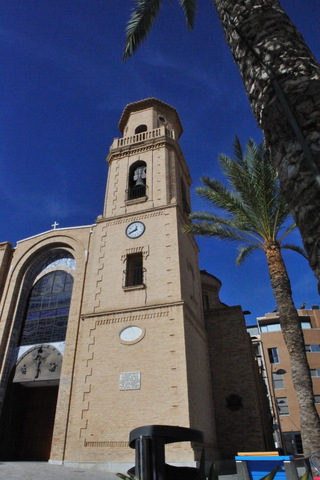 In 1829 there was a major earthquake which destroyed large parts of Almoradí and Torrevieja, during which the belltower suffered irreparable damage and had to be demolished.
In 1829 there was a major earthquake which destroyed large parts of Almoradí and Torrevieja, during which the belltower suffered irreparable damage and had to be demolished.
The belltower was rebuilt in 1899 and is the most striking feature of the church. The 74,000 bricks used were financed in part by donations from the parishioners, enabling a height of 24 metres to be reached, and finished in Neo-Mudejar style using brickwork.
The belltower houses a selection of bells, each with it’s own name:
Ntra Sra del Pilar, named after the patrona of the town and church. Originally cast in 1880, this was replaced in 1989.
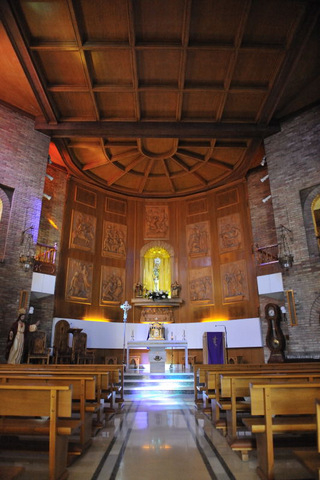 Ntra Sra del Dolores. This is an original bell dating back to 1792 and came from the Ermita de Sierra Escalona. It was donated to the parish by the Marquis of Peñacerrada.
Ntra Sra del Dolores. This is an original bell dating back to 1792 and came from the Ermita de Sierra Escalona. It was donated to the parish by the Marquis of Peñacerrada.
“Josefa” This bell is named after Saint Joseph and was gifted to the church by a local family in 2006.
The Paloma, or dove bell. This was donated to the church in 2007 by a local family on the 25th anniversary of the construction of the new church.
The Carillon. This is a set of small bells which were donated to the church by the local consistory to commemorate the 20th anniversary of the foundation of the municipality of Pilar de la Horadada.
During the Spanish Civil War the church suffered at the hands of rioters and all of the statues were destroyed.
In 1975 the main body of the church was pulled down, leaving the tower intact and the current church erected in its place. This new church was consecrated on 9th October 1982 and received the official blessing of Bishop Pablo Barrachina the following day.
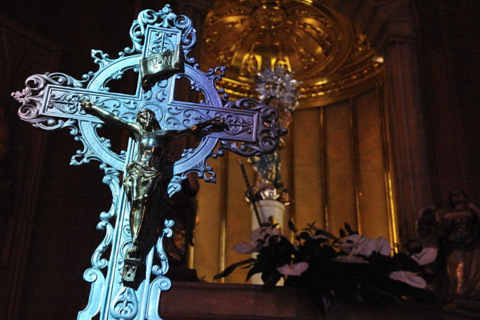 The church was designed by Antonio Orts Orts, and is a simple rectangular structure with a single small nave, eight side chapels and an apse. Built of brick, it is finished in such a way as to match the older church tower and has a warm, intimate atmosphere, softened with the extensive use of handmade bricks in the current structure.
The church was designed by Antonio Orts Orts, and is a simple rectangular structure with a single small nave, eight side chapels and an apse. Built of brick, it is finished in such a way as to match the older church tower and has a warm, intimate atmosphere, softened with the extensive use of handmade bricks in the current structure.
On the main façade there are two latticework panels, opposite which is a replica of the Virgen del Pilar in marmolina by the sculptor Sánchez Lózano and inside the church is bathed with colour due to the stained glass panels which give life and colour to the warm brick interior.
The images within the church are all 20th century, the most important being that of the Virgen del Pilar, the patrona of the town. The current image was created by Murcian sculptor José Sánchez Lozano following the Spanish Civil war. Many sculptures across Spain were destroyed during the Civil war, including the original sculpture of the virgen which had been made by Vicente Nicolás Salzillo, father of Murcia’s greatest Baroque sculptor, Francisco Salzillo.
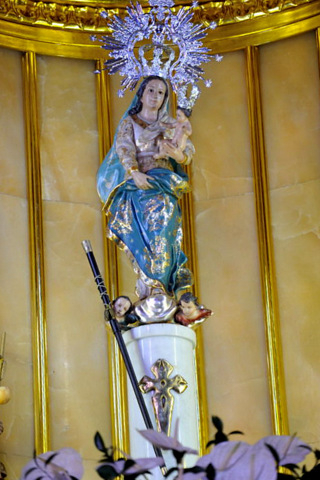 Visitors to the church will notice that in front of her pillar is a staff.
Visitors to the church will notice that in front of her pillar is a staff.
This is a symbol of Mayorship, and is the same type of staff given to the Mayor of the town when they take office, and in this case was given to the Virgen del Pilar in 1997, when she was declared Perpetual Mayoress of Pilar de la Horadada.
The Virgen also wears a magnificent crown, presented to her in 1997 by the Bishop of Alicante-Orihuela on the 250th anniversary of her patronship of the town.
Each year during the fiestas celebrated in her honour, local residents make a floral offering to their patrona, offering more than 40,000 flowers to the Virgen, who is then carried out in procession around the streets of the town.
The church is open to visitors from Monday to Saturday between 10.30 and 12.30.
Organised groups wishing to visit can call 96 535 1031 for pre-booking and guided assistance.
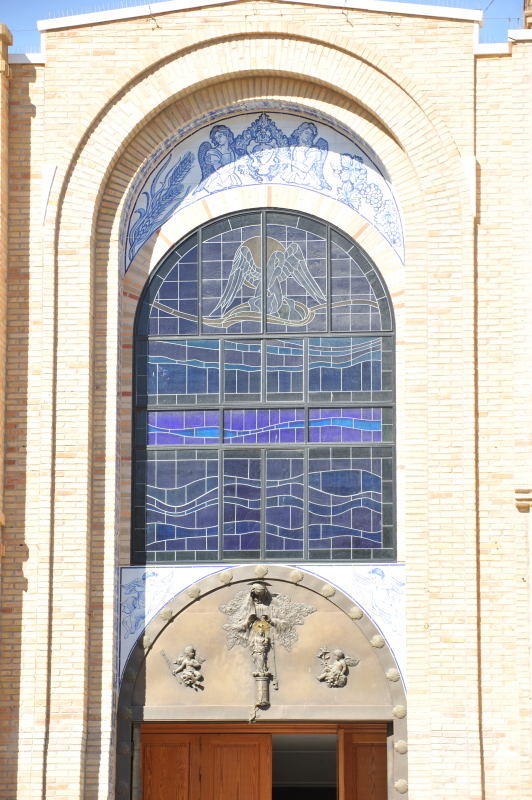 Address:
Address:
Plaza de la Iglesia S/n
03190
Pilar de la Horadada
Alicante
Tel: 96 535 10 31
Click for map, Plaza de la Iglesia, Pilar de la Horadada
Mass and service times:
Pilar de la Horadada:
Mondays to Fridays 19.00 in winter, 20.00 in summer
Saturdays 19.00 and 20.00 in winter, 20.00 and 21.00 in summer
Sundays 8.30, 12.00 and 18.00 in winter, 8.30, 12.00 and 19.00 in summer.
Services are in Spanish.
The summer timetable in 2013 runs from 5th April to 15th October.
If making a special journey, please call the tourist office on 96 535 1031 to confirm times of service.
The Plaza de la Iglesia in front of the church is an attractive square used as a focal point for local activities, as well as being a popular place to stop for a coffee and to sample the local pastry speciality, "milhojas" a calorific millefeuille pastry eaten throughout the year.








